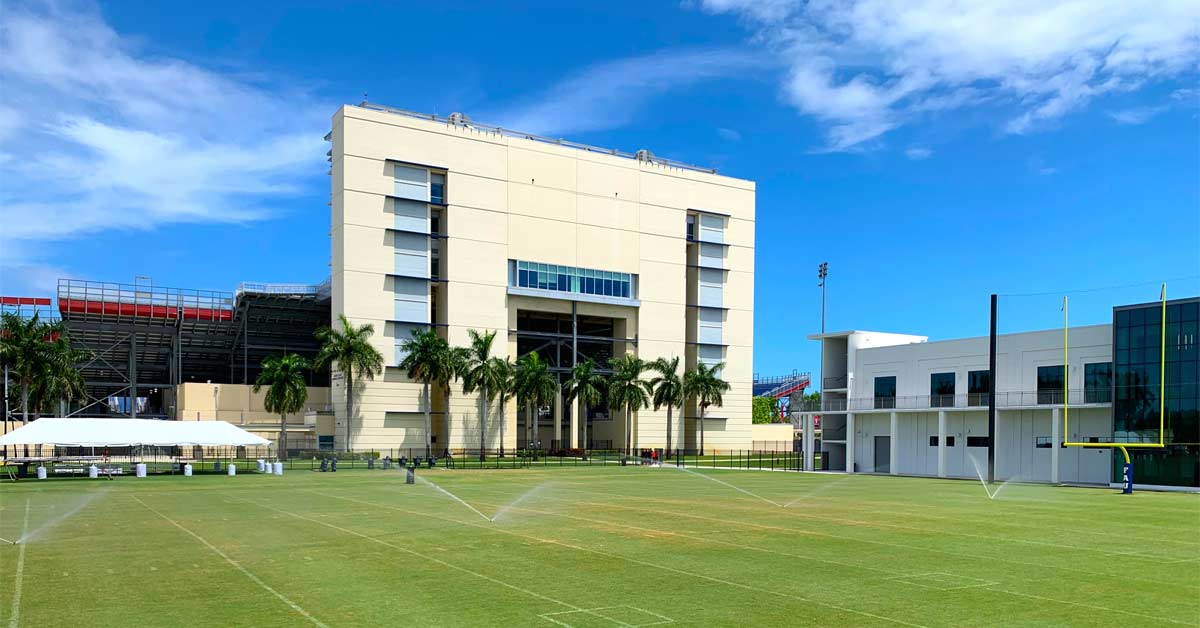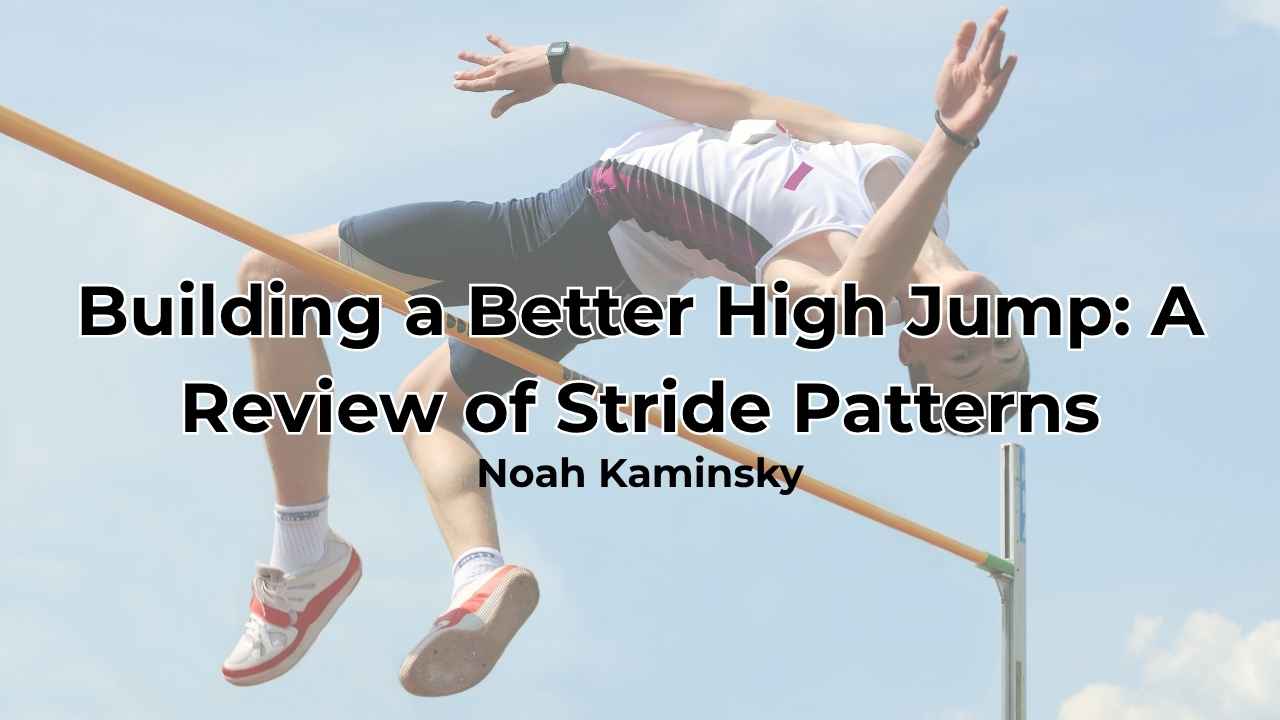Joey Guarascio is a Level 1 Sports Performance Coach for USA Weightlifting and is certified with the National Strength and Conditioning Association as a Certified Strength and Conditioning Specialist (CSCS) with the distinction of Registered Strength and Conditioning Coach (RSCC). He joined Florida Atlantic University in 2020 and serves as the Head Strength and Conditioning Coach for the football team. While at Colorado State, Coach Guarascio was promoted from the associate level after just one year. Before that, he served as the Assistant Head Strength and Conditioning Coach at Ole Miss, where he helped lead the football team to a pair of New Year’s Six bowls: the 2014 Peach Bowl and the 2016 Sugar Bowl. He was also in charge of the Rebels’ pro day and NFL combine preparation programs. Guarascio began his career as a graduate assistant at NSU and then as an intern at both Florida Atlantic and LSU.
Freelap USA: You are now entering the bar path phase for monitoring the weight room. Can you share your success using technology with teaching and loading with VBT instead of having athletes just try to hit specific speeds?
Joey Guarascio: The teaching potential with bar analysis and video feedback is unmatched. We now deal with a modern athlete who learns primarily through visual feedback, as evident in their daily habit of participating on social media. Athletes respond to video analysis, and with the software through Vmaxpro, it is easy and practical to do in real time. An athlete finishes a set, and then we grab them and show them where there was a technical fault, or we emphasize great technical ability. Athletes crave feedback, and video of them doing the exercise can drive intent and understanding of what you expect with the execution of the exercise.
Athletes crave feedback, and video of them doing the exercise can drive intent and understanding of what you expect with the execution of the exercise, says @CoachJoeyG. Share on XSince VBT has become popular and more affordable, a debate has emerged over programming using percentages or bar speed. With athletes’ 1RMs changing up to 15% by the day, Vmaxpro allows us to use both to really calibrate the load we are looking for. Having an automated force-velocity profile that updates with every rep gives coaches the most accurate prescription tool on the market.
College strength coaches are not given the blessing of unlimited time, so we must maximize every day. Having this pinpoint prescription capability allows coaches to maximize every day. In season, the ability to—in a sense—autoregulate training for each individual athlete has provided us with an effective way to add in total load management and mitigate injury risks.
Freelap USA: Peak velocity training along with conventional strength training makes a big difference in acceleration capacity. Can you share how your athletes are able to make great improvements by combining high-speed training along with peak power and max strength training?
Joey Guarascio: Sports are time dependent, as each movement has a specific time limit to produce force. Understanding this will bring coaches to the conclusion that you have to surf the force-velocity curve in training. It would be misleading to state that absolute strength is the be-all and end-all when we know that application of force is task specific. You must train RFD and explosive strength (power) to transfer maximal strength gains to sport.

Giving feedback on explosive lifts with Vmaxpro has allowed our coaches to emphasize intent with the information we get from VBT. It is a lot easier to get higher levels of effort and focus when you can show metrics such as peak power on jumps. Something that has been cool is showing our athletes where their peak force is developed during the lifts using the bar-tracking tools with Vmaxpro. In several scenarios, we were able to show an athlete a specific point where they could increase total peak power by adjusting off the bar path and video analysis.
It is cool to be able to show our athletes where their peak force is developed during the lifts using the bar-tracking tools with Vmaxpro, says @CoachJoeyG. Share on XAnother benefit of using peak velocity is auditing your training program by tracking how power numbers trend during the week and over the mesocycle. We now can make information-filled decisions on future training sessions with the data we receive from Vmaxpro. We have seen the benefits of ranking athletes and comparing them within their position groups and throughout the team to drive intent and competition, which further emphasizes our focus on speed and power development.
Freelap USA: You test your athletes in other ways outside of vertical jump and short sprints. Can you expand more on your medicine ball training and testing?
Joey Guarascio: Testing is training, and training is testing. At FAU we have interwoven testing into everyday training to give us quantitative feedback that helps guide the prescription of training and increase intent and buy-in. What we did was set up our positional KPIs and determined testing protocols that give us the ability to answer the question: Are we training and improving what we think we are?
Lineman KPI: starting strength, absolute strength, isometric strength, power
Testing: peak velocity in a non-countermovement BB jump with a standardized weight, med ball scoop toss for distance, broad jump, IMPT on force plate, maximal squat
Combo KPI: starting strength, isometric strength, power, acceleration
Testing: 3 consecutive broad jumps, fly 10 with 10-yard build, IMPT force plate
Skill KPI: speed, reactive strength, acceleration, power
Testing: 30-inch depth jump, 4 bounds for distance, fly 10 with 10-yard build, fly 10 with 30-yard build, peak velocity in a countermovement BB jump with a standardized weight
Freelap USA: Having just enough fitness at the right time is key for American football. Please share when you take off the gas for conditioning and when the practice becomes a priority with training. Managing a team coach session and optimizing supportive training are both an art and science—do you have tips for high school coaches?
Joey Guarascio: For us, this is simple, as our philosophy is to prepare our players to adapt and thrive in practice. The teams that practice the hardest and smartest win games—it is that simple. The problem I see in our profession is we let ego dictate training, as strength coaches still want to feel relevant and appreciated. They must protect their total number of 300-pound cleaners and 500-pound squatters. Lifting should always support what our players do on the field, not the opposite.
Knowing what to do and when to do it from a strength perspective comes from having a comprehensive understanding of what is going on in practice and supplying athletes with what they are not getting on the field. Through general observation we can determine that play itself supplies exposure to reactive strength, agility, starting strength, and power. What athletes are not getting is absolute strength, which we must expose them to with appropriate prescription through weight room means. In-season lifting should be short in duration, heavy to drive maximal strength, and specific with exercise selection. Autoregulation of some kind should be considered, whether RPE, bar velocity, or play count.
Each player experiences a unique exposure to stress, as position and playing time are not standardized. The art of effective prescription for in-season training demands that the coach obtain feedback from their players. Coaches cannot just draw a line in the sand and force everyone into a cookie-cutter program.
Freelap USA: Adding mass while increasing speed is the key to momentum for speed and power collision sports. What do you do to set goals for athlete speed and size, as each player is like an individual sculpture that needs to be personalized? What are your considerations for long-term development from freshman year to the end of a college career?
Joey Guarascio: Fat don’t fly. We are seeing a paradigm shift in football due to the changes in play. Offenses are faster paced and pass happy. Defenses have had to adapt with faster d-line play and overall smaller, faster defensive players to play better in space. Unnecessary weight gain will slow you down and most likely land you on the sideline looking buff. Players should fit a specific mold for height and weight, but the ultimate equalizer is speed.
If an OL comes in at 230, and the coach wants him to be 320, that is a recruiting problem not a development problem, says @CoachJoeyG. Share on XWe compare weight gain with speed and power testing numbers to make sure we are not slowing the athlete down. We also look at lean mass gained, as we want to increase propulsive mass. Based on anthropometric measurements, each player will have a finite amount of weight they can carry on their frames, so we strive to be realistic in terms of expectations when it comes to gaining weight. If an OL comes in at 230, and the coach wants him to be 320, that is a recruiting problem not a development problem.
Since you’re here…
…we have a small favor to ask. More people are reading SimpliFaster than ever, and each week we bring you compelling content from coaches, sport scientists, and physiotherapists who are devoted to building better athletes. Please take a moment to share the articles on social media, engage the authors with questions and comments below, and link to articles when appropriate if you have a blog or participate on forums of related topics. — SF





